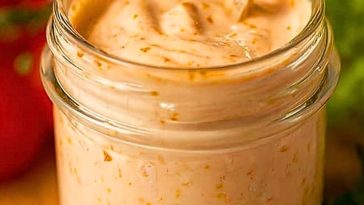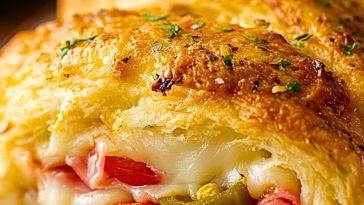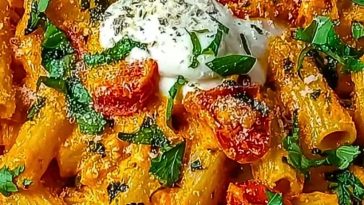Japanese curry on rice is one of those comforting dishes that never fails to bring a sense of warmth and nostalgia. I remember the first time I had it—rich, savory curry sauce loaded with tender vegetables and poured over fluffy white rice. It’s hearty, satisfying, and somehow both simple and deeply flavorful. There’s something about the mellow sweetness and subtle spice of Japanese curry that feels like a cozy hug in a bowl.
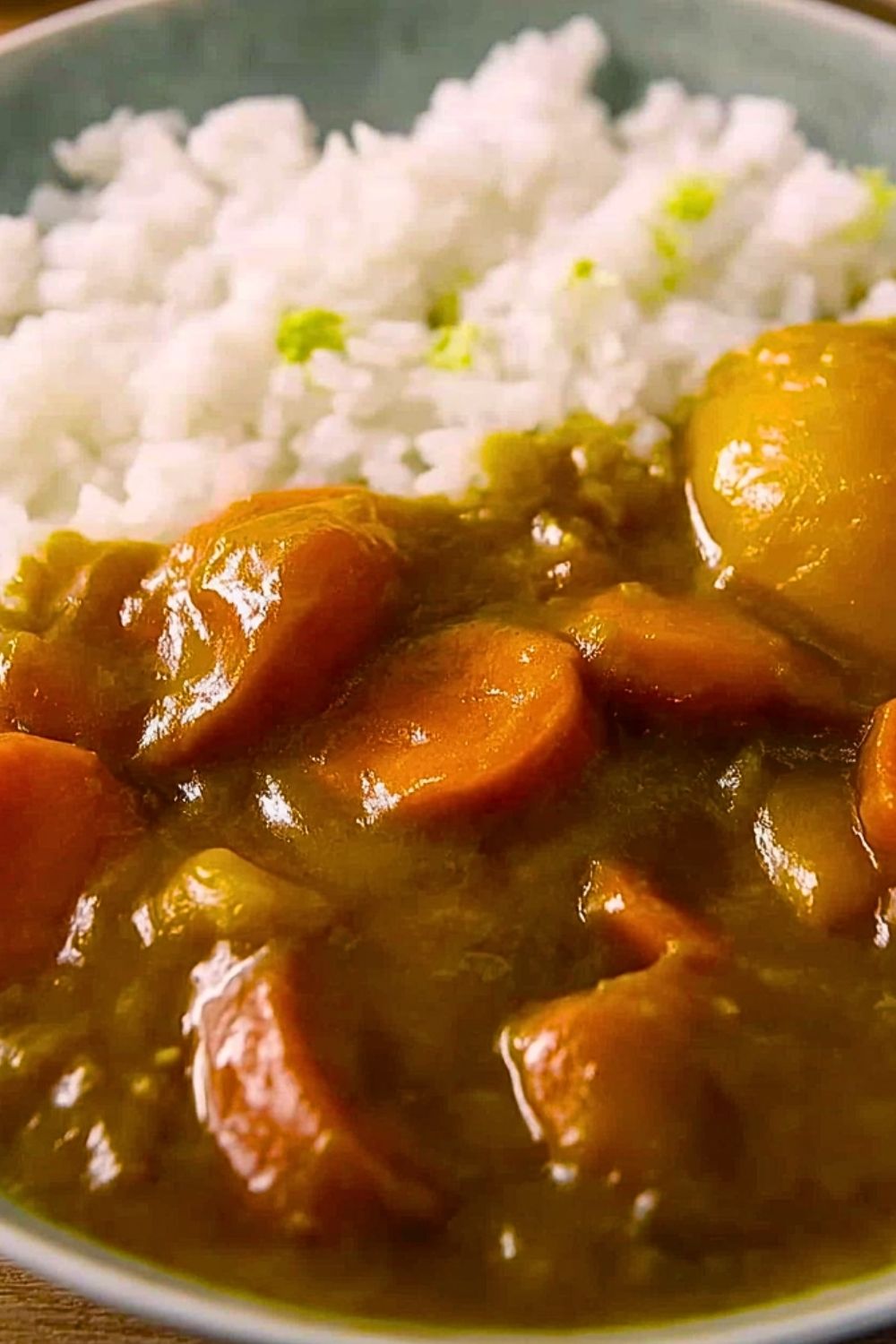
What makes Japanese curry truly special is how approachable it is. You don’t need to be an expert in Japanese cuisine to make it well. With just a few accessible ingredients and a little patience, anyone can recreate this beloved dish at home. Whether you’re cooking for your family or just want a quick meal that tastes like it took hours, this dish hits the mark every time.
Why You’ll Love This Japanese Curry on Rice
This dish checks all the boxes for comfort food: rich flavor, satisfying texture, and a full belly after every serving. The curry has a mild spiciness that’s perfect for those who aren’t fans of fiery heat. Plus, the dish is incredibly versatile—you can use chicken, beef, pork, or even go completely vegetarian. And thanks to store-bought Japanese curry roux blocks, it’s incredibly easy to prepare without compromising on taste.
What Kind of Curry Roux Should I Use?
When it comes to Japanese curry, the roux is everything. You can find boxed curry roux in most Asian grocery stores or even in the international aisle of many supermarkets. Brands like Golden Curry, Vermont Curry, and Java Curry offer a range of spice levels, from mild to hot. If you’re new to this dish, I recommend starting with mild or medium until you find your perfect level of heat.
Some adventurous cooks even make their own roux from scratch using a mix of flour, butter, and curry powder. It takes a little more effort but gives you full control over the flavor profile. Either way, the roux is the foundation of the dish, so choose one you enjoy.
Options for Substitutions
One of the best things about Japanese curry is how forgiving it is. Don’t have chicken? Use beef, pork, or even tofu. You can also load it up with vegetables like mushrooms, bell peppers, or zucchini if you’re leaning vegetarian. For the curry roux, if you’re gluten-free, there are specialty versions available, or you can make your own with gluten-free flour and spices.
As for the rice, traditional Japanese short-grain white rice is ideal, but jasmine or basmati will do in a pinch. Brown rice also works if you’re looking for a healthier twist. And while potatoes and carrots are classic, feel free to add sweet potatoes or parsnips for a new dimension of flavor.
Ingredients for this Japanese Curry on Rice
- Japanese curry roux blocks – These pre-made blocks are the heart of the dish, giving the curry its signature flavor, consistency, and depth. Choose from mild, medium, or hot depending on your preference.
- Chicken thighs or breasts – Boneless, skinless chicken provides a tender, juicy texture that soaks up the curry sauce beautifully.
- Onions – Sliced onions add sweetness and depth as they melt into the sauce during cooking.
- Carrots – Cut into thick rounds, carrots provide natural sweetness and a firm texture.
- Potatoes – Waxy potatoes like Yukon Golds hold their shape and provide a comforting, hearty bite.
- Garlic – Adds a touch of aromatic sharpness that balances the sweetness.
- Ginger – Freshly grated ginger gives a warm, earthy flavor that’s essential in Japanese cuisine.
- Water or chicken broth – This forms the base of the curry and enhances the richness of the sauce.
- Oil (vegetable or canola) – Used for sautéing the aromatics and browning the chicken.
- Steamed white rice – Fluffy short-grain rice is the traditional base that soaks up the savory curry sauce perfectly.
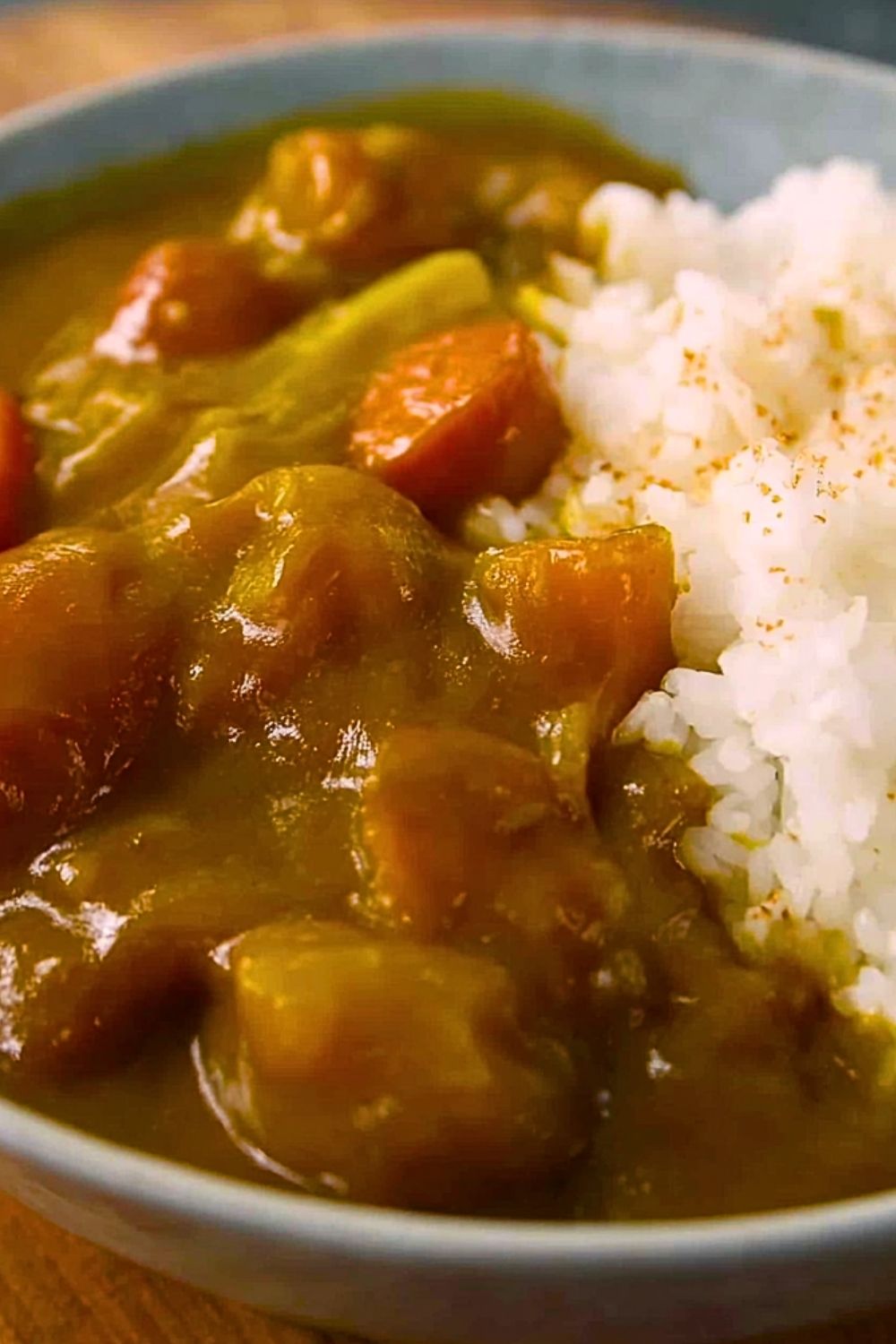
Step 1: Prep Your Ingredients
Start by peeling and cutting the carrots and potatoes into bite-sized chunks. Thinly slice the onions and mince the garlic and ginger. Cut the chicken into cubes. Having everything ready makes the cooking process smoother.
Step 2: Sauté the Aromatics
Heat a tablespoon of oil in a large pot or deep skillet over medium heat. Add the onions first and cook until they are soft and lightly golden, about 5-7 minutes. Stir in the garlic and ginger and sauté for another minute until fragrant.
Step 3: Brown the Chicken
Add the cubed chicken to the pot and cook until the outside is no longer pink. You don’t need to fully cook it through at this stage—just get some good browning for flavor.
Step 4: Add Vegetables and Simmer
Toss in the carrots and potatoes, then pour in enough water or chicken broth to cover all the ingredients. Bring to a boil, then lower the heat to a simmer. Cover the pot and let it cook for 15-20 minutes, or until the vegetables are tender.
Step 5: Stir in the Curry Roux
Break the curry roux blocks into smaller pieces and stir them into the pot until fully dissolved. The sauce will begin to thicken as the roux melts and mixes with the broth.
Step 6: Simmer Until Thick and Glossy
Continue to simmer the curry uncovered for another 5-10 minutes, stirring occasionally to prevent sticking. The curry should become rich and glossy, with all the ingredients coated in a luscious sauce.
Step 7: Serve Over Steamed Rice
Spoon generous portions of the curry over freshly steamed white rice. Serve hot, and enjoy immediately while everything is warm and comforting.
How Long to Prepare the Japanese Curry on Rice
Preparing this Japanese curry takes about 45 minutes in total, making it a great option for a weeknight dinner or a cozy weekend meal. The process is straightforward and mostly hands-off once you get the simmering going.
Prep Time: You’ll need around 15–20 minutes to chop the vegetables, cube the chicken, and measure out your ingredients. If you’re an efficient prepper, you might even get it done faster.
Cooking Time: The simmering phase takes approximately 25–30 minutes total. The curry becomes richer and more flavorful the longer it simmers, but you don’t need hours—just enough time for the vegetables to soften and the curry roux to fully dissolve and thicken.
Tips for Perfect Japanese Curry on Rice
- Use boneless chicken thighs for extra flavor and tenderness—they stay juicy and flavorful throughout the simmering.
- Cut vegetables evenly so they cook uniformly. Overcooked potatoes can turn mushy, while undercooked carrots stay too firm.
- Sauté the onions until caramelized for a sweeter, deeper base.
- Don’t rush the curry roux melting—stir gently and allow it to dissolve completely before turning up the heat.
- Let the curry rest for a few minutes before serving; it thickens slightly and the flavors meld beautifully.
Watch Out for These Mistakes While Cooking
- Adding the roux too early can lead to clumpy sauce or uneven flavor. Wait until the veggies are soft.
- Using too much water or broth can dilute the curry flavor. Add just enough to cover the ingredients.
- Boiling too hard after adding the roux may cause the sauce to break or separate.
- Skipping the sautéing step with onions, garlic, and ginger misses out on essential flavor.
- Serving with undercooked rice—the curry is only as good as its base. Fluffy, well-cooked rice is key.
What to Serve With Japanese Curry on Rice?
1. Japanese Pickles (Fukujinzuke or Takuan)
Crunchy, tangy pickled vegetables contrast beautifully with the warm, savory curry.
2. A Simple Green Salad
A fresh salad with a light sesame dressing provides a crisp and refreshing balance.
3. Tonkatsu (Breaded Pork Cutlet)
Add a crispy cutlet on top of the curry rice to turn it into a Katsu Curry.
4. Soft-Boiled Egg or Fried Egg
A runny egg yolk on top of the curry adds richness and depth.
5. Miso Soup
A light, savory soup makes a great starter or side to round out the meal.
Storage Instructions
Refrigeration: Let the curry cool completely before transferring to an airtight container. It will keep in the refrigerator for up to 3–4 days. The flavors deepen and improve over time, making it perfect for leftovers.
Freezing: Japanese curry freezes well. Store in portion-sized containers or freezer bags. Freeze for up to 1 month. Thaw overnight in the fridge and reheat gently on the stovetop or in the microwave.
Reheating: Add a splash of water or broth while reheating to loosen the sauce and prevent sticking or burning. Stir occasionally to ensure even heating.
Estimated Nutrition
(Per serving – based on a standard portion with chicken, vegetables, and rice)
- Calories: ~520 kcal
- Protein: 28g
- Carbohydrates: 60g
- Fat: 18g
- Saturated Fat: 6g
- Sodium: 850mg
- Fiber: 5g
- Sugar: 8g
Frequently Asked Questions
What makes Japanese curry different from Indian or Thai curry?
Japanese curry is milder, sweeter, and thicker. It uses a roux base rather than coconut milk or heavy spices.
Can I make this vegetarian?
Absolutely! Just skip the meat and use hearty vegetables like mushrooms, zucchini, and eggplant.
Is Japanese curry spicy?
It can be, but it’s usually on the milder side. Choose the spice level that suits you when buying curry roux.
Can I use leftover curry for something else?
Yes! Turn it into curry udon, curry bread (kare pan), or even a curry omelette.
Do I need special rice?
Short-grain Japanese rice is traditional, but jasmine or basmati rice will also work if that’s what you have on hand.
Conclusion
Japanese curry on rice is more than just a meal—it’s a warm, filling dish that brings people together with its comforting flavors and satisfying textures. It’s easy enough for beginners, flexible for substitutions, and perfect for leftovers. Whether you’re cooking it for the first time or it’s a staple in your home, this recipe is sure to become a favorite you’ll come back to time and again.

Japanese Curry on Rice
- Prep Time: 20 minutes
- Cook Time: 30 minutes
- Total Time: 50 minutes
- Yield: 4 servings 1x
- Category: Main Course
- Method: Simmering
- Cuisine: Japanese
Description
Looking for a cozy and comforting meal that’s both hearty and easy to make? Japanese Curry on Rice is the ultimate solution. This easy dinner recipe features tender chicken, soft carrots, and potatoes simmered in a rich, mildly spiced curry sauce, served over fluffy steamed rice. It’s a quick dinner idea that works perfectly for busy weeknights or a lazy weekend lunch. Whether you’re craving savory food ideas, exploring Japanese-inspired dishes, or simply need a reliable and satisfying meal, this easy recipe brings warmth and flavor to every bite.
Ingredients
2 blocks Japanese curry roux (Golden Curry or similar)
500g chicken thighs or breasts, cubed
2 medium onions, thinly sliced
2 carrots, chopped into thick rounds
2 medium potatoes, peeled and cubed
2 cloves garlic, minced
1 tablespoon fresh ginger, grated
4 cups water or chicken broth
1 tablespoon vegetable oil
4 cups cooked short-grain rice
Instructions
1. Prepare all ingredients by chopping vegetables, cubing chicken, and measuring liquids.
2. Heat oil in a large pot over medium heat. Add onions and sauté until soft and golden.
3. Add garlic and ginger. Sauté for 1 minute until fragrant.
4. Add cubed chicken and brown until the exterior is no longer pink.
5. Add potatoes and carrots. Pour in water or broth to cover ingredients.
6. Bring to a boil, then reduce heat and simmer for 15–20 minutes or until vegetables are tender.
7. Break curry roux into pieces and stir into the pot until fully dissolved.
8. Simmer uncovered for another 5–10 minutes, stirring occasionally, until curry is thick and glossy.
9. Spoon curry over bowls of steamed rice and serve hot.
Notes
Let the curry rest for a few minutes after cooking to allow flavors to meld and thicken.
If using store-bought curry roux, adjust water based on the brand’s instructions.
For extra richness, add a splash of milk or a pat of butter near the end of cooking.
Nutrition
- Serving Size: 1 plate
- Calories: 520
- Sugar: 8
- Sodium: 850
- Fat: 18
- Saturated Fat: 6
- Unsaturated Fat: 10
- Trans Fat: 0
- Carbohydrates: 60
- Fiber: 5
- Protein: 28
- Cholesterol: 85





